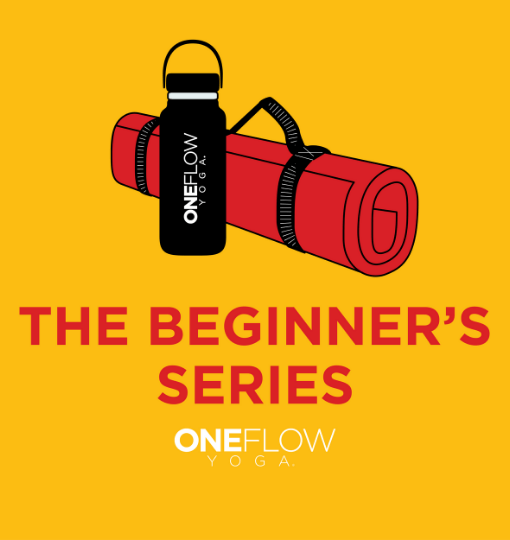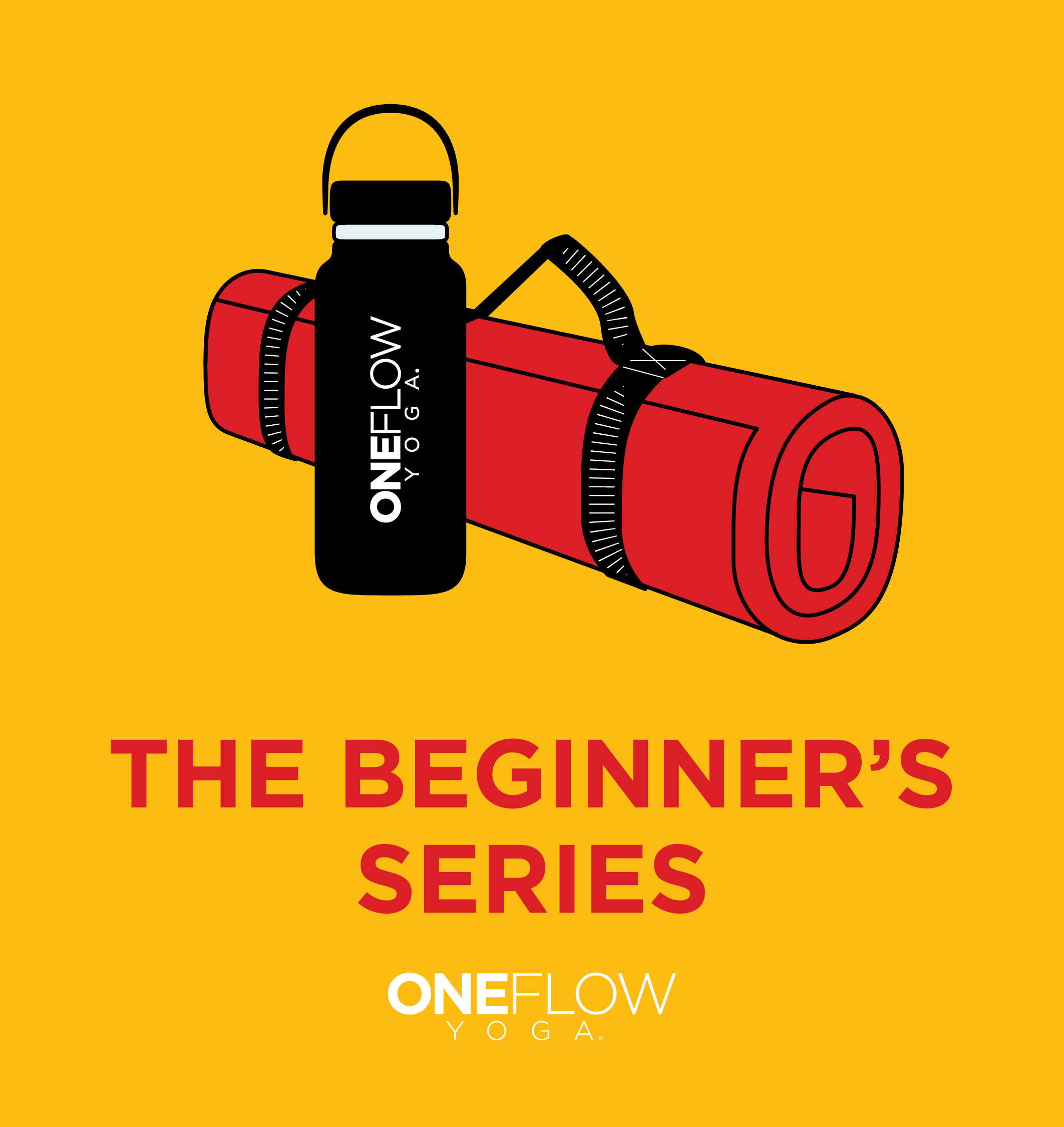What does being a great yoga teacher look like?
There are as many answers to that as there are people taking yoga classes. Google “What Makes a Great Teacher,” and you get lists of things that great yoga teachers do, such as, “introduces themselves to new students,” or qualities they have that are reminiscent of what you look for in a mate.
But what is the one common thing they all have? You know the thing that makes you say, “They’ve got it. They have that something special.”
And more importantly, can you learn it?
Why Do We Care What Great Yoga Teaching Looks Like?
If you are to learn a skill well and even become masterful, the first thing you need to do is find a great teacher.
Not just any teacher, but a great teacher.
And there are some challenges to that because great teachers, especially those who teach yoga, aren’t going to tell you they are great. It’s like people who are truly smart or funny don’t have to tell you. Funny speaks for itself.
You can try the restaurant strategy of “find a long line and get in it.” In yoga, it looks like “find a large class,” and that may or may not work. I have been in classes with very skilled teachers that only had twenty people in the room.
Large, packed classes can often be the result of marketing, social media, and scheduling.
You can ask friends for recommendations. Again, it’s a possibility, but it can also end up like the blind date you went on that made you wonder how your friend sees you.
The other way that is more reliable is to be able to recognize it.
Why Is This Difficult?
There are several reasons why it’s hard for us to recognize great teachers but the first is because we don’t teach what great teaching looks like.
Even for students in yoga teacher training, it’s a topic left unaddressed.
Which is amazing because as a teacher in training I would want to know what success looks like. What do great teachers do? How do they act?
I think it’s a natural curiosity which is why we can so easily “get the gear” a given YouTube star uses or find out how a CEO manages their time.
And it’s a strange phenomenon unique in the creative arts.
Musicians listen to great musicians. Chefs develop their palate so they can recognize great food. Artists study the masters that came before and writers read the classics.
But teachers are left to their own devices.
This is a problem because we tend to evaluate teachers based on what we like as well as don’t. And we may not be the most reliable gauge.
If you like to go fast in yoga and throw caution to the wind, then you’re going to love teachers that offer that. Or perhaps you’re more of a “let’s explore five postures thoroughly over the next 90 minutes” kind of person; you’re going to gravitate towards those teachers.
But those are issues of content (see “Yoga is the Content” below) not of teaching. Great yoga teachers help to expand your view of the practice and even introduce things you may not immediately enjoy as much.
Another thing that we mistake for great teaching is teachers that are adept at the postures.
A common question I get about becoming a yoga teacher is “Do I have to be able to do all of the yoga postures?”
The answer is no, and it’s often a gift to have to struggle with the postures because then you grow empathy. When things come too easily, they don’t ask much of you.
A yoga teacher who can put her foot behind her head may have been a gymnast, dancer or cheerleader who chose those endeavors because she naturally has “more flexibility.”
Or she might have worked over a long period of time to develop that range of motion. That speaks more to her prowess as a student.
While all great teachers are great students, the opposite is not necessarily true.
It’s the same reason the best sales person on the team might not be the best manager. Selling is a skill—it’s something you learn, develop and grown, and so is leadership. But they are different skills.
Teaching is a skill. Being a student is a skill. They are different skills.
The One Thing Great Yoga Teachers Do
Clearly saying it comes down to “one thing” is controversial.
But here it is.
Connection.
All great yoga teachers are connected to the students before them, to the material, to the moment. They are with you.
It’s a presence and energy you can feel. With connection, you have the possibility of trust and transformation and without it—you don’t.
You can have great skills, like knowing how to sequence and pace, and in-depth knowledge of the body or biomechanics, but without connection, you are adrift.
There are infinite ways to be a great teacher, but all great teachers are connected.
That’s the theory, and the application of it, called vijnana in Sanskrit, is what takes so much time.
Because connection is dynamic. If your dance partner moves you have to move with them; otherwise your connection is broken. When marking a player on a soccer field, if they move you move. Connection moves.
A great teacher notices when things change and changes with it. They use whatever energy is present and adapt, improvise and flow because they are connected.
Connection is how you engage with others. And we define yoga as “engagement,” so great teachers practice yoga in its most common form.
To experience connection it has to have a sense of back-and-forth.
It’s responsive.
Too often we think of teachers as “dropping some knowledge” on us. But that’s nothing more than a download of information. There’s no vibrancy or life to it. For it to be alive, you have to give and receive.
This isn’t just limited to teachers.
You can see this in sports when the team draws energy from the crowd, after the explosive play that brought them to their feet. Great comedians have it which is why they need an audience when they are working on material. They need the give-and-take to see how people react.
Great singers also have it. Two singers can sing the same song and one you believe. One moves you to tears.
The other just sings nice tunes.
So to recognize connection notice:
- Do you feel their presence?
- Are they moving with you?
- Does what you do as a student change what a teacher does?
And the fastest way to see it is to look in someone’s eyes. We can all tell when someone’s there or not.
Can You Learn How to Connect?
Yes. Emphatically yes.
It takes work.
There are things you can do. That’s another conversation for another day, but we know it can be learned because there are great teachers that exist today. They didn’t just come out of the ether but instead, put in the effort.
Yoga is the Content
Though many think there’s something magical or mysterious to being a yoga teacher, there’s not. Great yoga teachers are great teachers.
Yoga is the content yoga teachers teach. Say that three times fast.
The content is the “what.” It’s the material; their scope of study.
Great teaching is “how” they teach it.
And you can apply that “how” to other subjects you examine.
Before I was a yoga teacher, I taught the skill of leadership. Everything I’ve learned about teaching yoga applies to teaching leadership, or biology or photography.
The “how” they teach it is why some teachers can make subjects come alive while others flounder.
And do not confuse content expertise with teaching.
Once more this is not restricted to yoga for we imagine teachers as being experts instead of skilled people practicing their craft.
We now know there’s a disconnect between how much someone knows and how well they can teach.
For, in the end, we have teachers because we want to learn something. It doesn’t really matter how much the teacher knows but how they can help us learn and grow.



